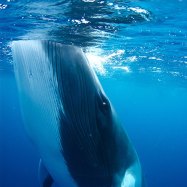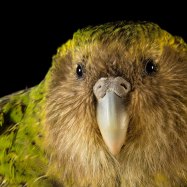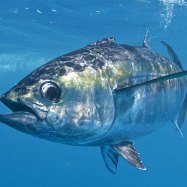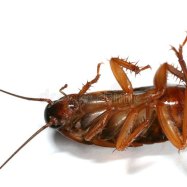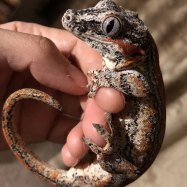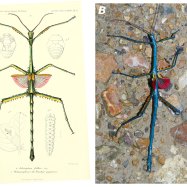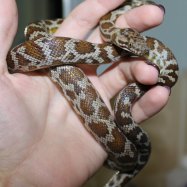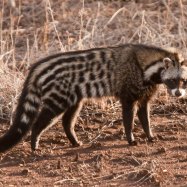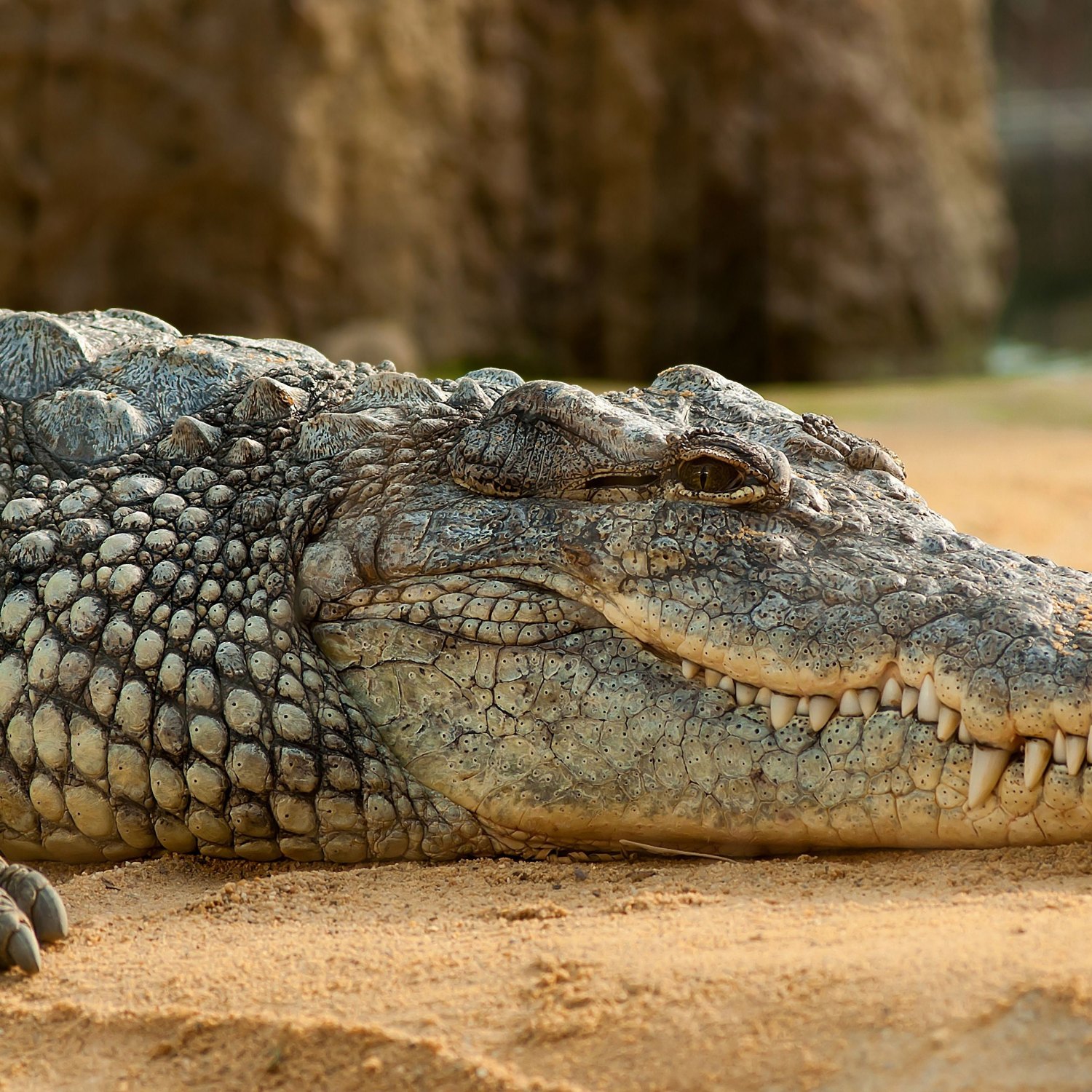
Crocodile
Male: 4-6 meters, Female: 3-4 meters
Crocodiles, found in Africa, are one of the largest reptiles on the planet with males reaching lengths of 4-6 meters and females growing up to 3-4 meters. Belonging to the family Crocodylidae, they have a large, stocky body and a long, powerful tail. Be sure to keep your distance when spotting one in the wild! #Crocodiles #Africa #Wildlife #Reptiles
Animal Details Summary:
Common Name: Nile crocodile
Kingdom: Animalia
Habitat: Freshwater rivers, lakes, and marshes
The Mighty Nile Crocodile: A Fierce Predator of Sub-Saharan Africa
In the wild world of animals, there are few creatures as intimidating as the Nile crocodile, also known as Crocodylus niloticus. Its massive size and insatiable appetite make it one of the most fearsome predators of the African continent. But despite its ferocious nature, this ancient reptile also possesses some incredible adaptations and features that make it a fascinating subject to study.The Basics: Classification and Distribution
The Nile crocodile belongs to the animal kingdom, phylum Chordata, and class Reptilia Crocodile. Its scientific name, Crocodylus niloticus, is derived from ancient Greek, meaning "Nile crocodile." This species is a part of the order Crocodilia, which includes other crocodiles, alligators, and caimans. It is also a member of the family Crocodylidae, which is the largest of the three crocodilian families.As its common name suggests, the Nile crocodile is found in various countries in sub-Saharan Africa, making it one of the most widely distributed crocodile species on the continent. Its range spans from Senegal and Mauritania in the west to Madagascar in the east, and from Egypt in the north to South Africa in the south. However, its population is declining due to habitat loss and hunting for its valuable skin and meat.
A Habitat Fit for a Carnivore
The Nile crocodile can be found in a variety of freshwater habitats, including rivers, lakes, and marshes. These areas provide an ideal environment for this semi-aquatic predator to hunt for its food. The crocodile spends most of its time in water, only venturing onto land to bask in the sun or to move between bodies of water Cubera Snapper. Although they prefer freshwater, they can tolerate some salinity and have been known to enter brackish habitats.Feeding Like a Fierce Predatory Reptile
The Nile crocodile is a carnivore with a diverse diet. Its sharp teeth and powerful jaws make it a formidable predator, capable of taking down a variety of prey. Its diet mainly consists of fish, amphibians, birds, and small mammals. However, it is known to attack larger animals, such as antelopes, zebras, and even humans when given the opportunity.This crocodile uses a variety of hunting techniques, including ambush attacks and group foraging. Its powerful jaws can exert a force of up to 3,700 pounds per square inch, making it one of the strongest bite forces of any animal. Once its prey is caught, the crocodile uses its sharp teeth and powerful muscles to tear it into smaller pieces before swallowing it whole.
A Gray or Brown Beauty with Banding
The Nile crocodile has a distinctive coloration, with shades of gray or brown. Its scales have a mottled or banded pattern, providing effective camouflage in its natural habitat. This coloration also helps the crocodile blend in with its surroundings while hunting for prey. Some individuals may have a reddish tinge during the breeding season.A Body Fit for Survival
One of the most striking features of the Nile crocodile is its large, stocky body. Adult males can reach lengths of 4-6 meters, while females are slightly smaller, measuring 3-4 meters. Their bodies are relatively flat and streamlined, allowing them to glide effortlessly through the water. The crocodile also has a long, powerful tail that helps it to swim and maneuver efficiently.The body of the Nile crocodile is well-adapted to its semi-aquatic lifestyle. It has four short, sturdy legs with webbed feet that enable it to move on land and in water. Its eyes and nostrils are located on the top of its head, allowing it to keep watch for potential prey while remaining hidden in the water. The crocodile also has a third, transparent eyelid, called a nictitating membrane, which protects its eye while underwater.
Ancient Species with Impressive Survival Skills
The Nile crocodile has been around for millions of years, making it one of the oldest surviving reptile species. It has adapted to numerous environmental changes, making it a resilient and successful predator. Not only does it have powerful physical attributes, but it also has incredible survival skills.One of the crocodile's most impressive survival skills is its ability to thermoregulate. It can adjust its body temperature to suit its environment, basking in the sun to warm up or submerging itself in the water to cool down. This allows it to remain active in different weather conditions and tolerate a wide range of temperatures.
The Role of Humans in the Nile Crocodile's Survival
While the Nile crocodile has survived for millions of years, its population is facing threats from human activities. Habitat loss due to dam construction and development is a significant issue for these reptiles. In addition, illegal hunting for their skin and meat has caused a decline in their population. However, conservation efforts, including sustainable hunting practices and protecting critical habitats, have helped to stabilize the crocodile's population.In Conclusion
In conclusion, the Nile crocodile may be one of the most feared predators of sub-Saharan Africa, but it is also one of the most fascinating animals to study. From its impressive physical features to its ancient survival skills, this reptile has adapted to its environment for millions of years. While it faces threats from human activities, it is essential to continue protecting and conserving this incredible species for future generations to appreciate and admire.

Crocodile
Animal Details Crocodile - Scientific Name: Crocodylus niloticus
- Category: Animals C
- Scientific Name: Crocodylus niloticus
- Common Name: Nile crocodile
- Kingdom: Animalia
- Phylum: Chordata
- Class: Reptilia
- Order: Crocodilia
- Family: Crocodylidae
- Habitat: Freshwater rivers, lakes, and marshes
- Feeding Method: Carnivorous
- Geographical Distribution: Sub-Saharan Africa
- Country of Origin: Multiple countries in Africa
- Location: Africa
- Animal Coloration: Gray or brown with darker banding or spotting
- Body Shape: Large, stocky body with a long, powerful tail
- Length: Male: 4-6 meters, Female: 3-4 meters
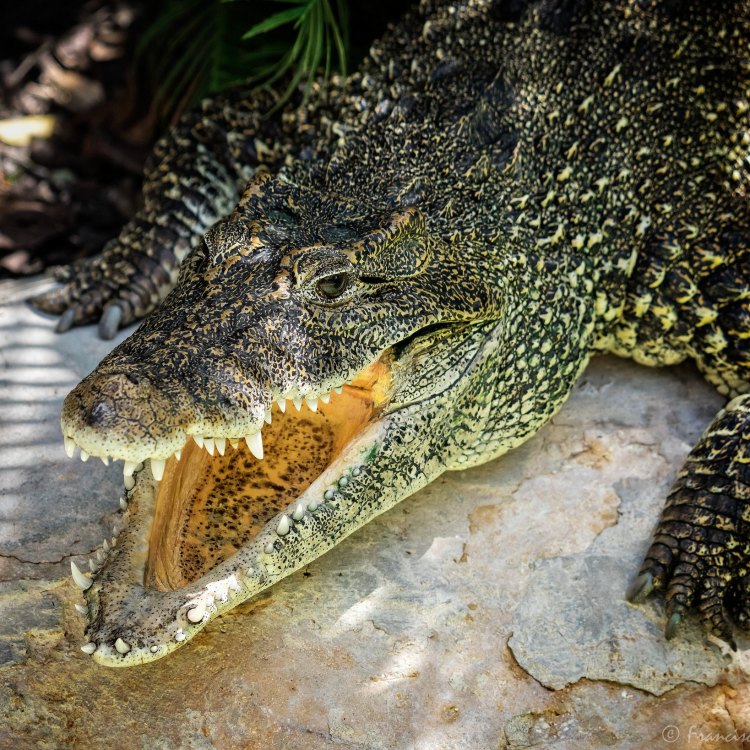
Nile crocodile
- Adult Size: Male: up to 6 meters, Female: up to 4 meters
- Average Lifespan: 45-75 years
- Reproduction: Oviparous (lays eggs)
- Reproductive Behavior: Nest building, courtship displays
- Sound or Call: Bellowing, hissing
- Migration Pattern: Seasonal movement based on water availability
- Social Groups: Solitary except during mating season
- Behavior: Opportunistic ambush predator
- Threats: Habitat loss, human conflict, hunting
- Conservation Status: Least Concern
- Impact on Ecosystem: Top predator, maintains balance in aquatic ecosystems
- Human Use: Hunting, leather production
- Distinctive Features: Long, powerful jaws with sharp teeth, armored scales
- Interesting Facts: Nile crocodiles are known for their ability to leap out of the water to catch prey
- Predator: No natural predators
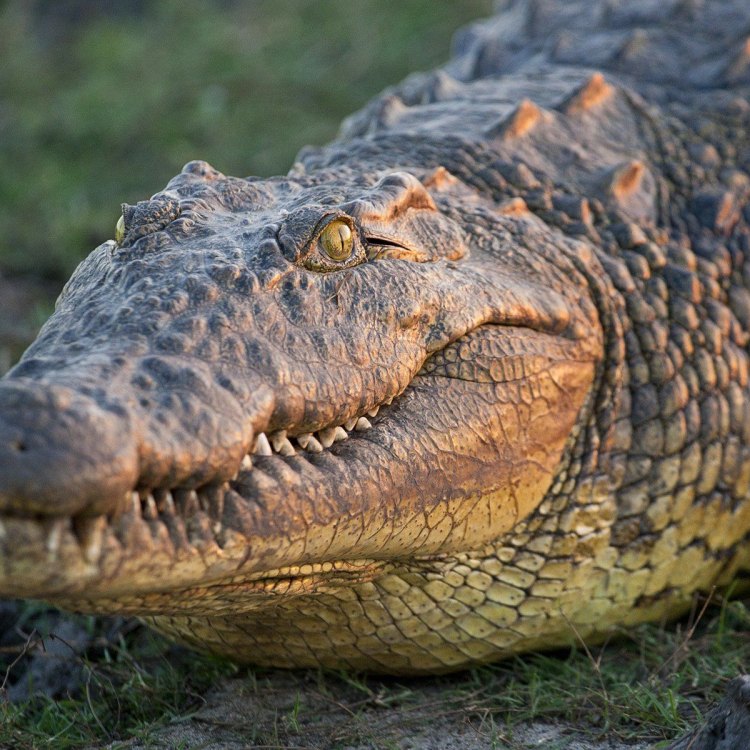
Crocodylus niloticus
The Mighty Crocodile: A Fascinating Creature with a Lethal Bite
The crocodile is a formidable predator that has captured the imagination of humans for centuries. With its long body, sharp teeth, and armored scales, it is no wonder that this ancient creature has been a subject of fascination and fear.But beyond its impressive physique and frightening reputation, the crocodile is a unique and essential creature that plays a crucial role in maintaining balance in the ecosystems it inhabits. In this article, we will delve deeper into the world of crocodiles and discover their distinctive features, behavior, and impact on the environment PeaceOfAnimals.Com.
Adult Size and Average Lifespan
The male crocodile can grow up to an impressive size of 6 meters, while the female crocodile can reach up to 4 meters in length. This makes them one of the largest reptiles in the world. Their size and strength are part of what makes them such effective predators in their natural habitat.
In addition to their size, crocodiles also have a long lifespan, with an average of 45-75 years. This is due to their slow metabolism and ability to regulate their body temperature, which allows them to conserve energy and live longer.
Reproduction and Reproductive Behavior
Crocodiles are oviparous, which means they lay eggs. The mating season for crocodiles varies depending on the species and location, but it generally occurs during the dry season when water levels are low. During this time, male crocodiles will engage in courtship displays to attract female mates.
Once a female crocodile has been courted and accepted by a male, she will then build a nest to lay her eggs Clearnose Skate. This is usually a mound of vegetation and soil near the water's edge, where the eggs can be incubated by the warmth of the sun.
Sound or Call and Migration Pattern
Crocodiles are known for their bellowing and hissing calls. These sounds are mainly used for communication during courtship and territorial displays. The bellowing call, in particular, is a distinctive sound that can be heard from a long distance and is used to attract potential mates and intimidate rivals.
Crocodiles are also known to have a seasonal migration pattern, moving to different areas depending on the water availability. During the wet season, they will move to areas with higher water levels, while in the dry season, they will congregate near permanent water sources.
Social Groups and Behavior
Despite their fearsome reputation, crocodiles are usually solitary creatures, except during the mating season. During this time, they will gather in groups to find mates and engage in territorial displays.
The behavior of crocodiles is mostly opportunistic, meaning they will hunt and feed on any available prey. They are adept ambush predators, using their powerful jaw and sharp teeth to catch their prey, which can range from fish and crustaceans to larger animals such as birds, mammals, and even other crocodiles.
Threats and Conservation Status
Like many other species, crocodiles also face threats that can have a significant impact on their population. Habitat loss, due to human development and land use, is one of the major threats to crocodiles. This is because they rely on specific habitats for nesting, breeding, and feeding, and any disruption to these areas can have a detrimental effect.
Humans also pose a threat to crocodiles through human-wildlife conflict in areas where people and crocodiles coexist. This can occur when crocodiles attack humans, resulting in retaliatory killings. Hunting for their skin and meat is another significant threat, as crocodile leather is prized for its quality and durability.
However, despite these threats, crocodiles are currently listed as "Least Concern" on the IUCN Red List of Threatened Species. This is mainly due to successful conservation efforts in many areas, including the strict protection of their habitats and laws against hunting and poaching.
Impact on Ecosystem and Human Use
Crocodiles are top predators in their ecosystems, and as such, they play a crucial role in maintaining balance and diversity. They help control the population of other animals by preying on them, which in turn, prevents overgrazing and allows for a healthy and diverse ecosystem.
Human use of crocodiles has been a controversial topic, with some people viewing them as a threat, while others see them as a valuable resource. Hunting and killing crocodiles for their skin and meat is a common practice, and their leather is used in the production of luxury goods. While this may generate income for some communities, it can also have a negative impact on the crocodile population if not managed sustainably.
Distinctive Features and Interesting Facts
One of the most distinctive features of crocodiles is their long, powerful jaws with sharp teeth. Their jaws can exert immense pressure, making them capable of crushing bone and breaking through tough skin. They also have armored scales covering their body, providing protection against other predators.
One interesting fact about crocodiles is their ability to leap out of the water to catch their prey. Nile crocodiles, in particular, are known for this behavior, and it is believed that they can launch themselves up to 6 feet in the air to catch their unsuspecting prey.
Predators and Conclusion
Despite their powerful jaws and armored bodies, crocodiles have no natural predators. However, their eggs and young are vulnerable to attacks by other animals, such as birds, fish, and larger mammals.
In conclusion, the crocodile is a fascinating creature with unique features, behaviors, and a vital role in maintaining balance in the ecosystems they inhabit. While they may seem like fearsome predators, they are also essential for the health and diversity of their habitats. As humans, it is our responsibility to ensure the conservation of these magnificent creatures for generations to come.
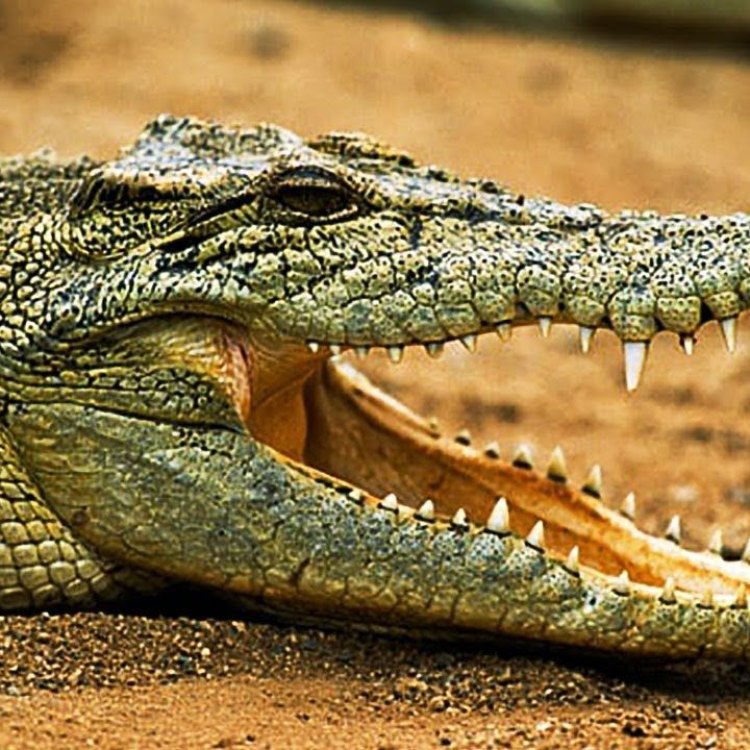
The Mighty Nile Crocodile: A Fierce Predator of Sub-Saharan Africa
Disclaimer: The content provided is for informational purposes only. We cannot guarantee the accuracy of the information on this page 100%. All information provided here may change without prior notice.

